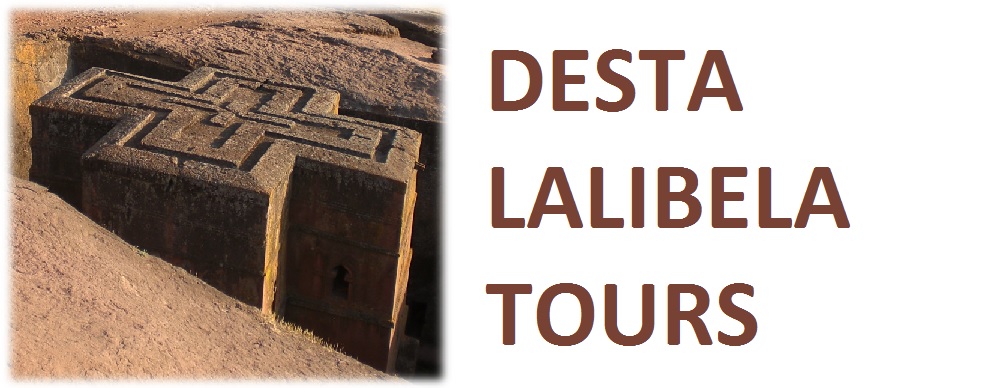Abiyatta Shalla Lakes National Parks situated in the Great Rift Valley, only 200 kilometers (124 miles) south of Addis Ababa, and in the Lake Langano recreational areas, the Abiyatta Shalla lakes national Park attracts numerous visitors. It was created primarily for its aquatic bird life, particularly those that feed and breed on lakes Abiyatta and Shalla in Large numbers. The park compresses the two lakes, the isthmus between them and a thin strip of land along the shorelines of each. Developments have been limited to a number of tracks on land, and the construction of seven outposts. While attention is focused on the water birds, the land area does contain a reasonable amount of other wildlife.
Two different lakes:
Two different lakes: The two lakes are very different in character. Abiyatta is shallow at about 14 meters (260 meters (853 feet) and is calculated to hold a greater volume of water than all of the Ethiopian Rift valley lakes put together. Abiyatta is surrounded by gentle, grass covered slopes and swathed in acacia woodlands. Shalla exudes a sense of mystery and foreboding, surrounded as it is by steep, black cliffs and peaks that reflect in its deep waters, which are liable to be whipped up by sudden storms and flurries of wind. It contains nine small, is located islands, rarely visited since there are no boats on the lake. These islands provide an excellent breeding ground for many bird species.
Birdlife
Abijatta itself is very alkaline but shallow, so flamingoes can be seen scattered over most of its surface, and especially along the windward edge where their algal food source concentrates. You can approach quite closely, but beware of treacherous deep and mud if the lake is low. Large numbers of boat grater and lesser flamingoes gather here, together with great white pelicans and a host of other water birds.
Wildlife
From here you can see other parts of Lake Abiyatta and some mammal species, especially Grant’s gazelle, warthog and occasionally the Orbit.
Hot springs:
The headquarters houses a small museum, currently being upgraded, which gives an excellent idea of the wealth of birdlife in the park. There are over 400 species recorded here, almost half the number recorded for the whole country, A further track leads on from Dole to the shores of Lake Shalla where hot steam, mud and water bubble to the earth’s surface. Revered locally for their medicinal properties, the hot springs have a sense of primeval mystery about hem, especially in the cooler early mornings. They are relics of the massive volcanic activity that has formed this amazing country and landscape.
Accommodation
There is no accommodation in the park but lake Langano, which lies just over the main road marking the boundary, has two reasonable hotels on its shores, the Wabe Shebelle and the Bekelle Mola, from which all parts of the park are easily reached. It is possible to camp at the hoe springs and further south of the track east of Shalla, leading to be the Dedaba River and outpost.
Other Attractions
In association with the Abiyatta Shalla Lakes National Park is Senkello Swayne’s hartebeest Sanctuary, some 70 kilometers (43 miles) from the town of Shashemene, and close to the Chike entrance of the park. The sanctuary was established for this endemic subspecies of the hartebeest (Alcelaphus buselaphus Swayne) which once roamed the plans of Somalia and Ethiopia in thousands, but is now restricted to four small localities in Ethiopia. The sanctuary is small but well worth a visit. Set beneath a small rounded hill, over 2,000 of these rich, chocolate colored hartebeest are packed into this area of wooded grassland, along with bohor reedbuck (Redunca Redunca), Oribi and many different species of birds.
